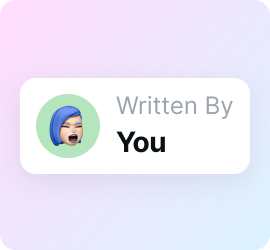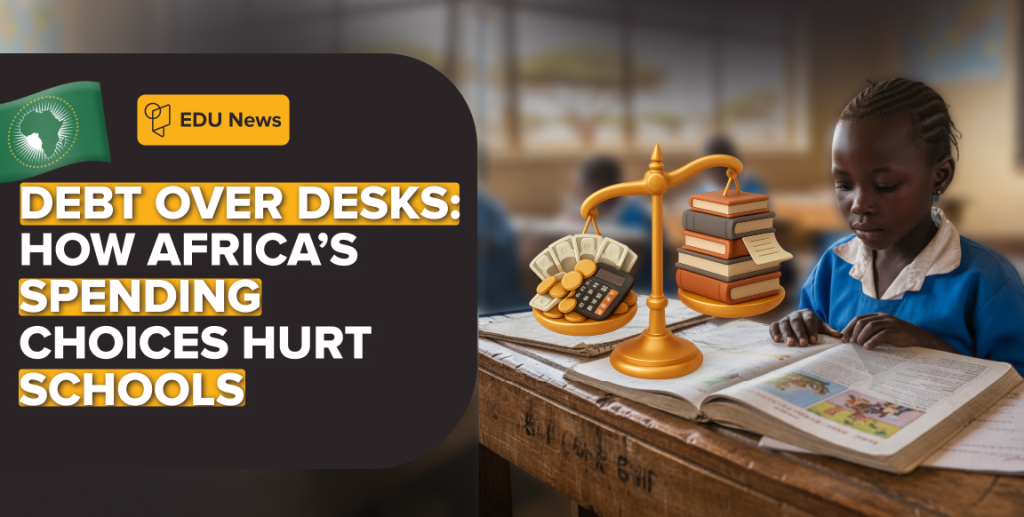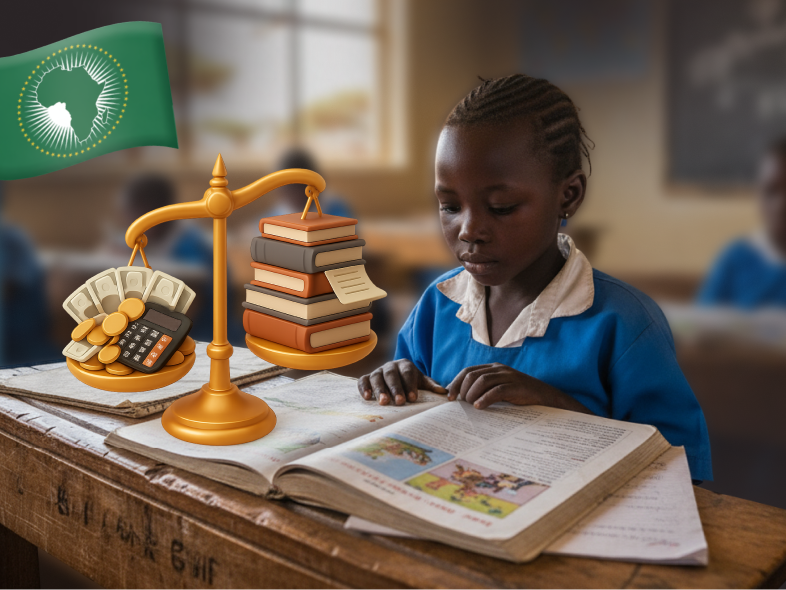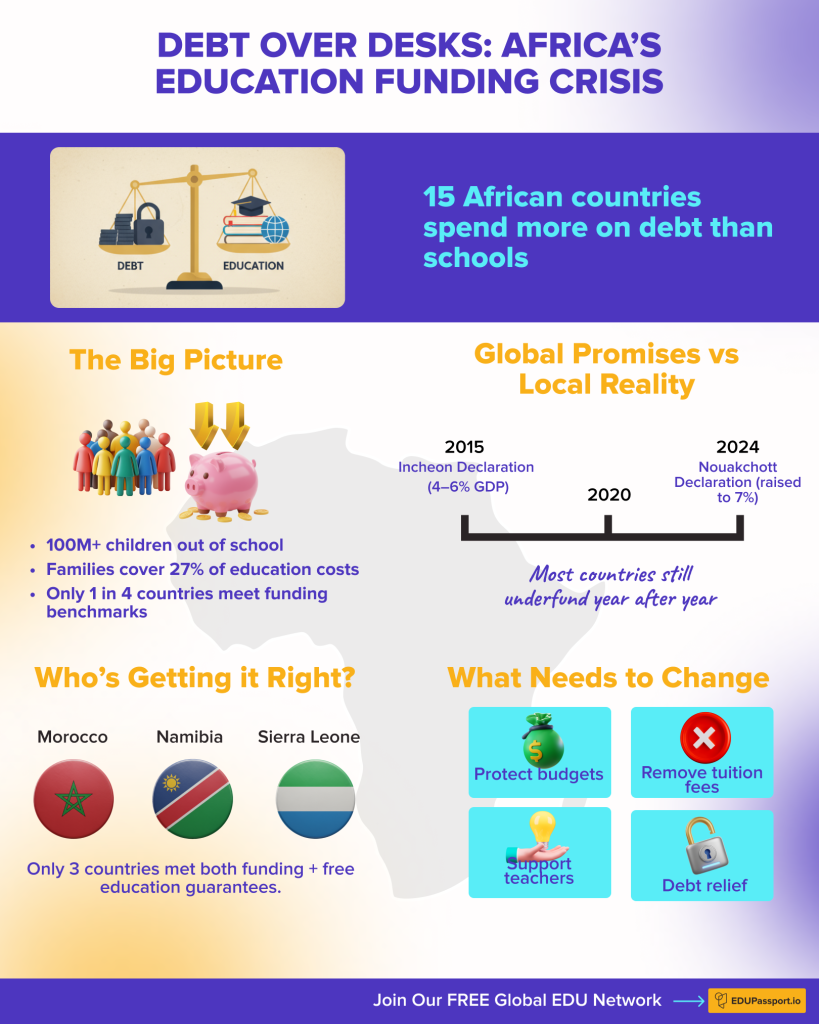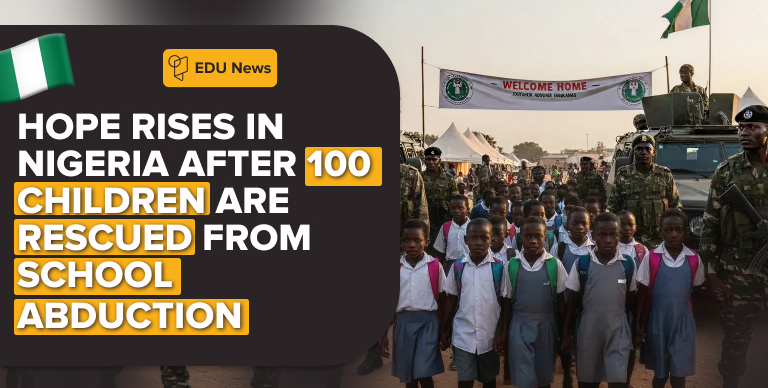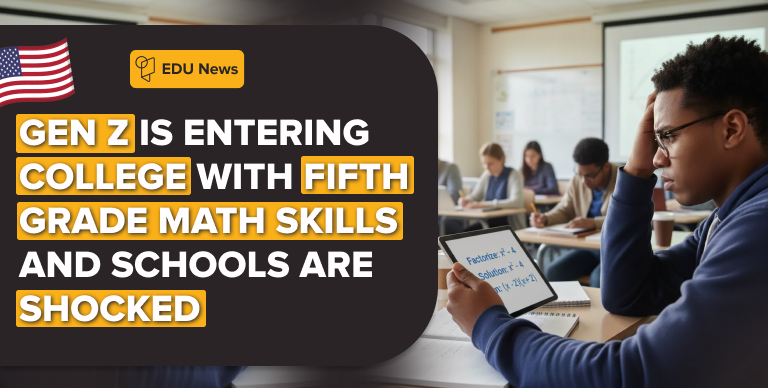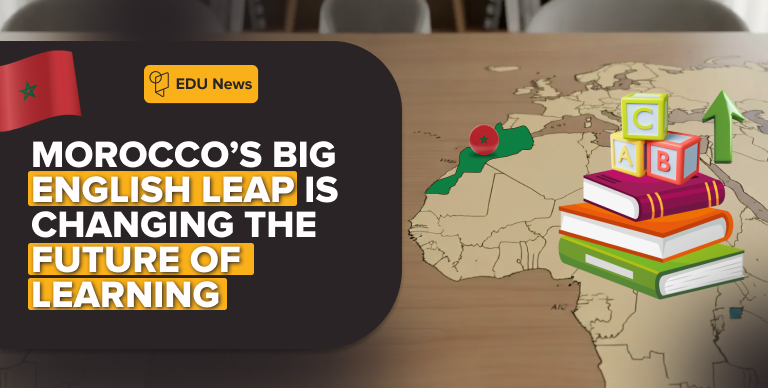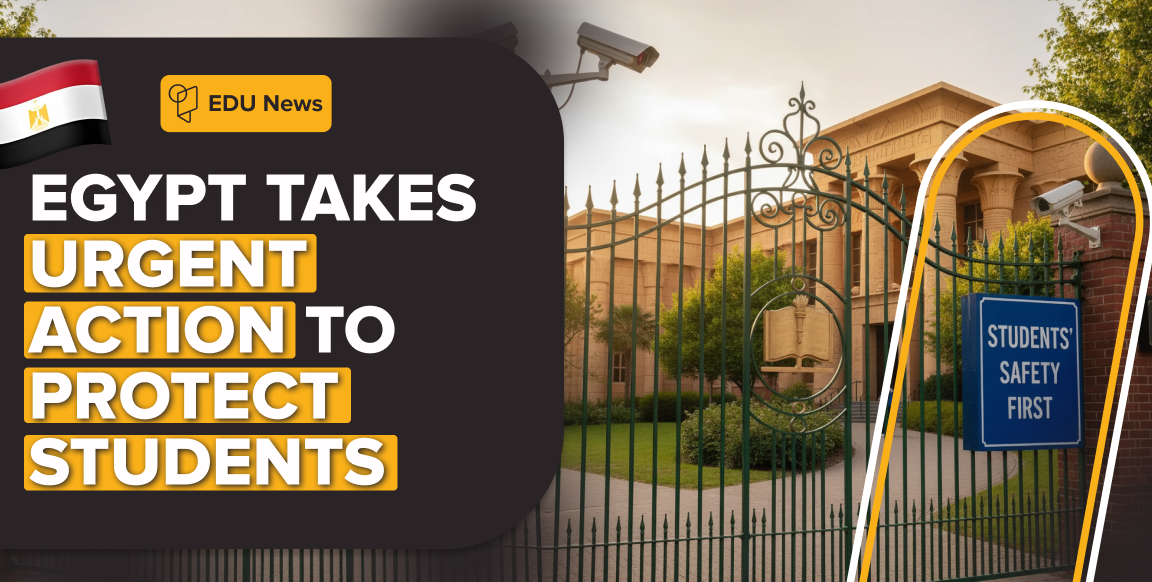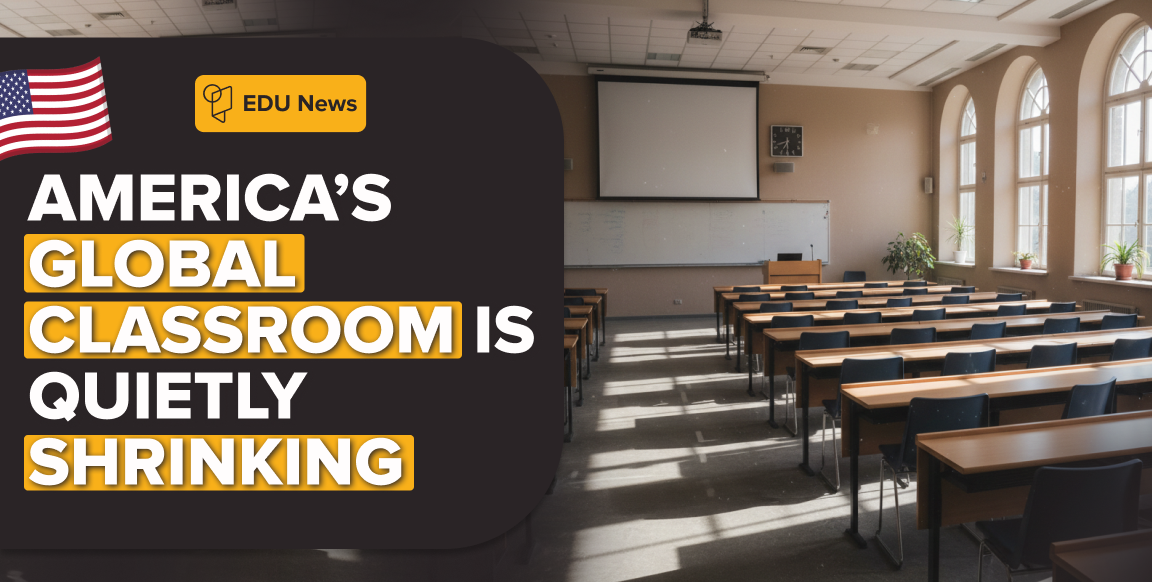On the African Union’s Day of the African Child, Human Rights Watch threw cold water on decades of pledges: most African governments are still missing education funding targets and kids are paying the price.
The 2025 theme? “Planning and budgeting for children’s rights: progress since 2010.”
The reality? Less than one-third of African countries hit global benchmarks between 2013–2023. By 2023, that dropped to just one-quarter. Ouch.
The promises vs. the pocketbooks
From the Incheon Declaration to the AU’s shiny new Nouakchott Declaration (which stretched the GDP benchmark to 7%), African leaders have been front-row cheerleaders for education. But in practice? Budgets are shrinking, tuition fees stick around, and families are left to foot the bill—covering 27% of education spending, according to the World Bank.
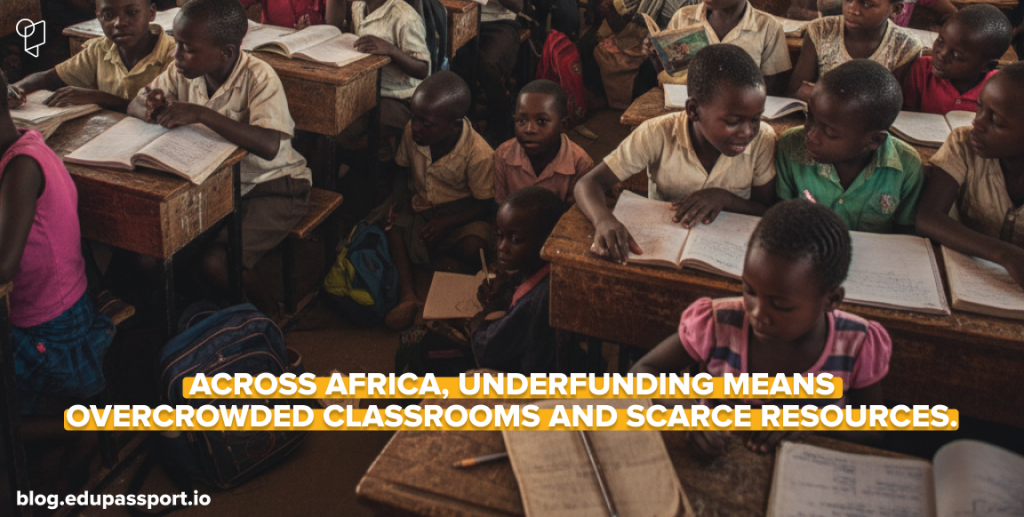
The human cost
Over 100 million African children are out of school, makes them the highest rate globally. The reasons pile up:
- Gender inequality
- Covid-19 aftershocks
- Climate emergencies
- Conflicts
- School-related violence and discrimination
Only 3 countries: Morocco, Namibia, and Sierra Leone guarantee free access across all levels and hit funding targets. Everyone else? Either missing the law, missing the money, or both.
Debt vs. desks
Fifteen African governments now spend more on debt repayments than education. That means fewer teachers, crumbling infrastructure, and packed classrooms. Some silver lining: Sierra Leone is co-leading a UN effort to add a child’s right to early education into global law, with several countries backing the move.
The EDU Passport take
If Africa wants to meet the 2030 SDGs—like free secondary for all kids—funding education isn’t optional. It’s the foundation. Governments need to:
- Lock in sustainable budgets for education
- Scrap hidden tuition and school fees
- Protect teachers’ pay and training
- Push creditors for debt relief tied to education protection
Africa’s future depends on classrooms, not creditors.



